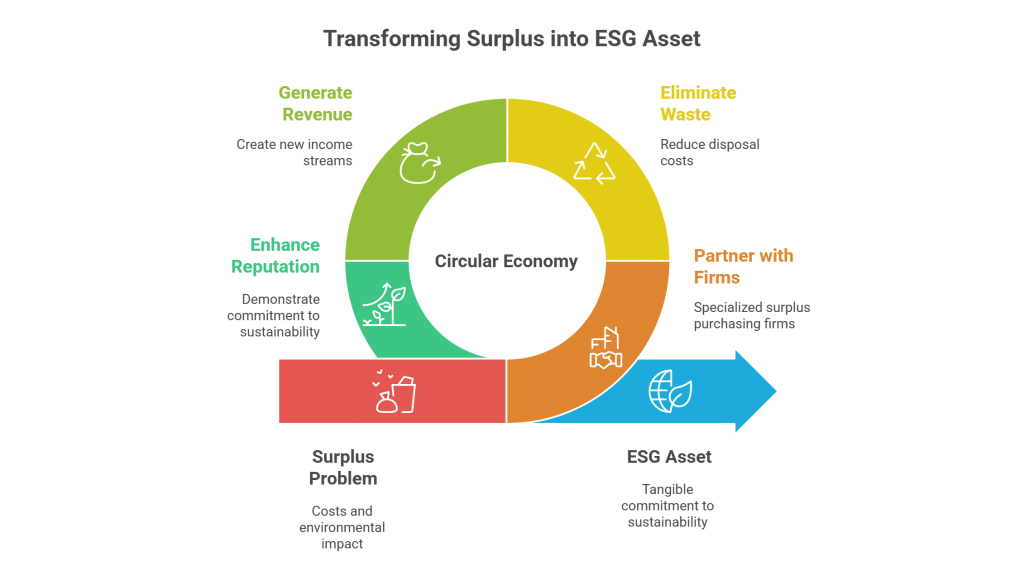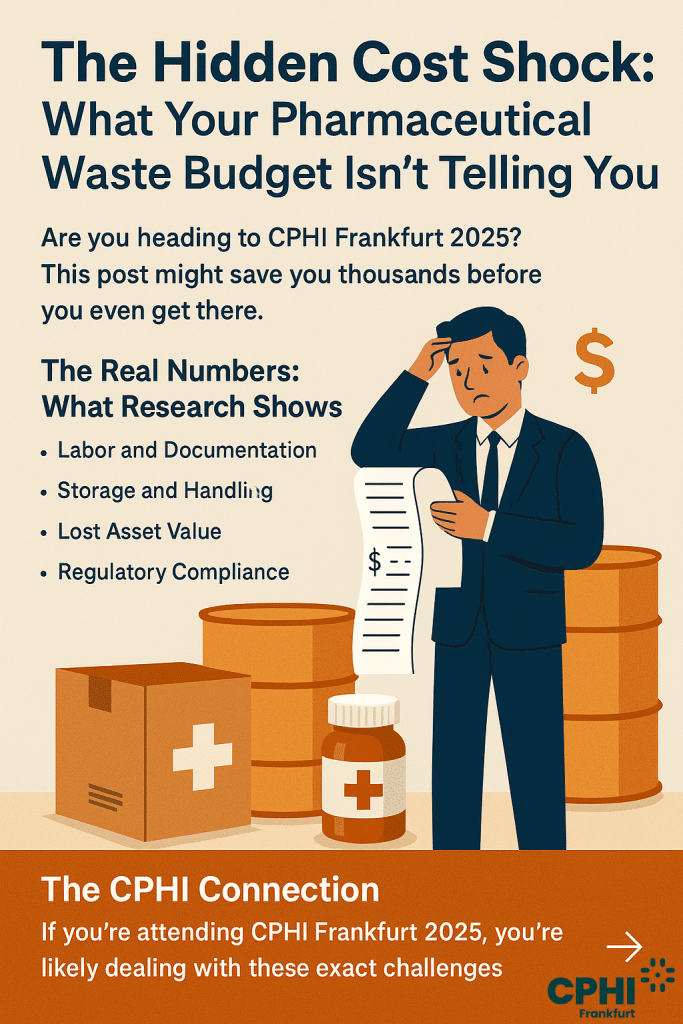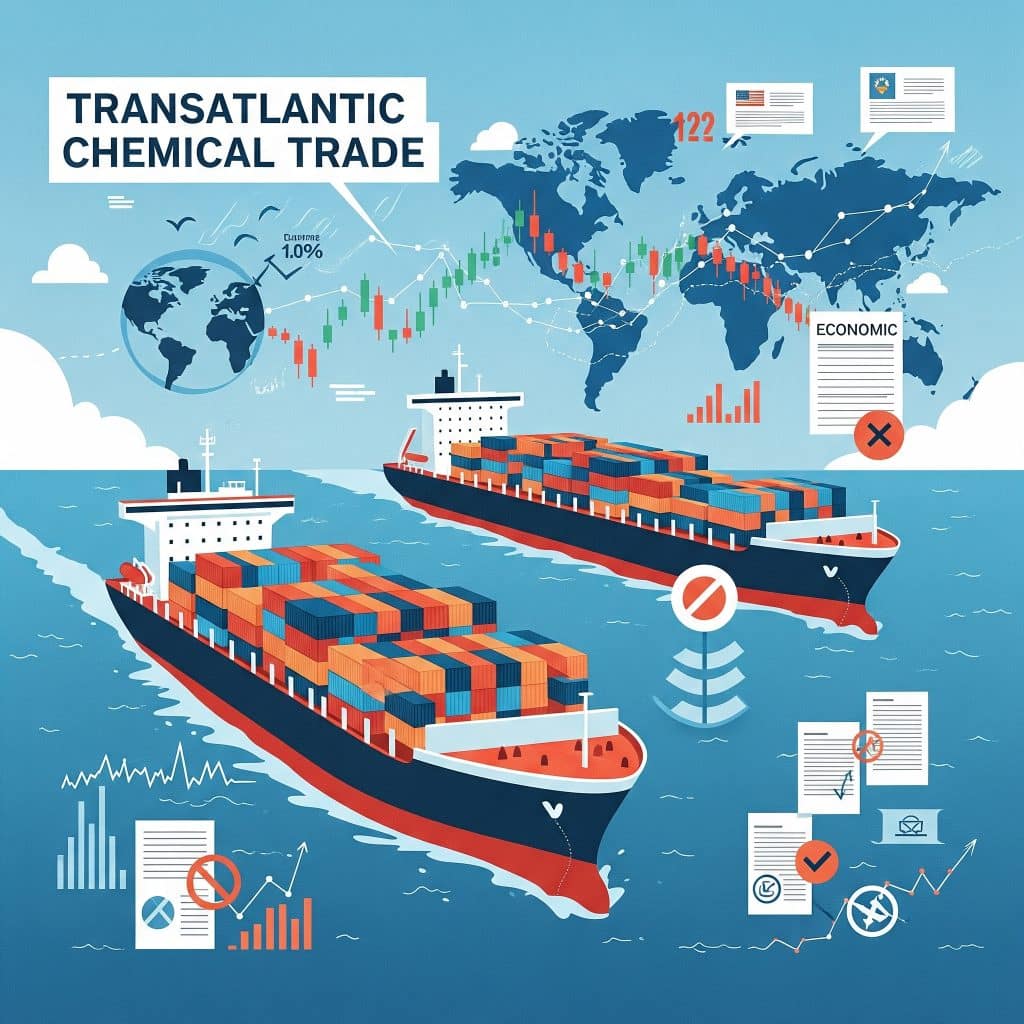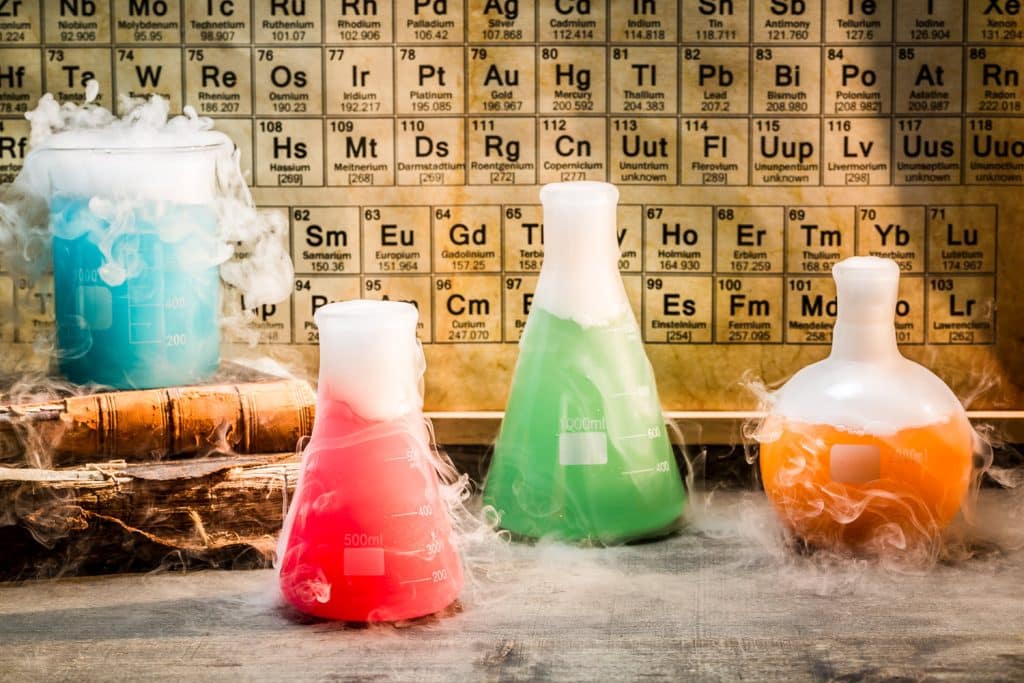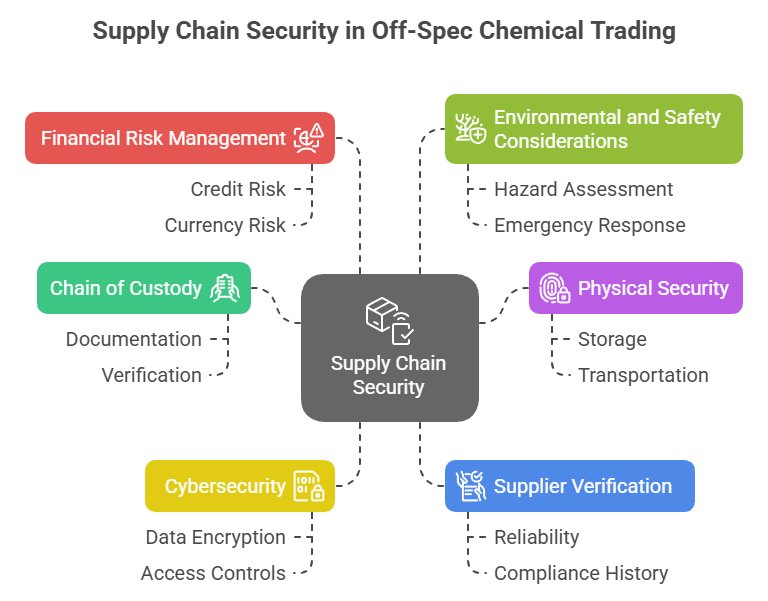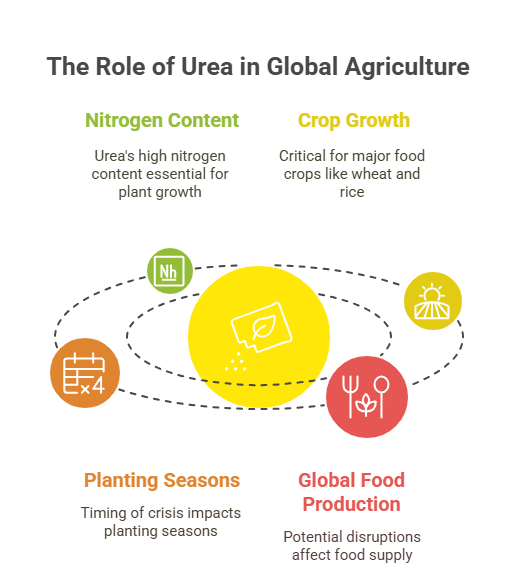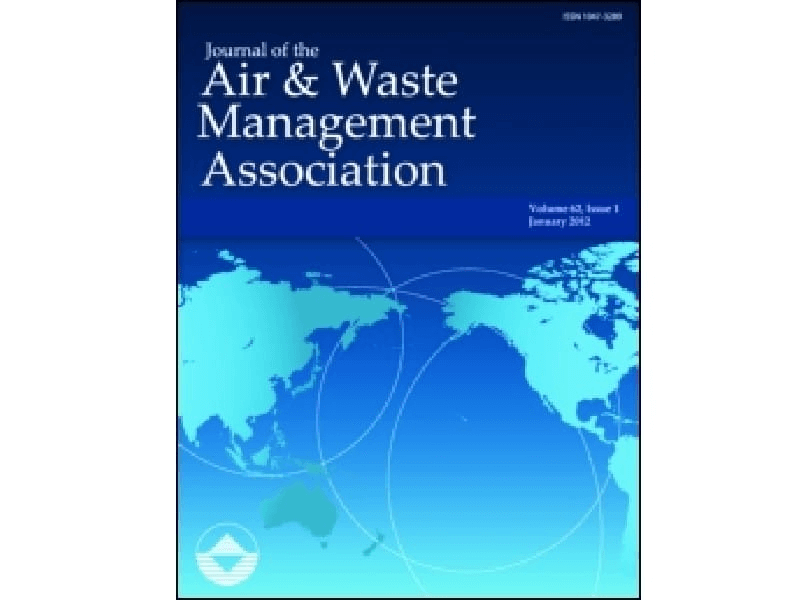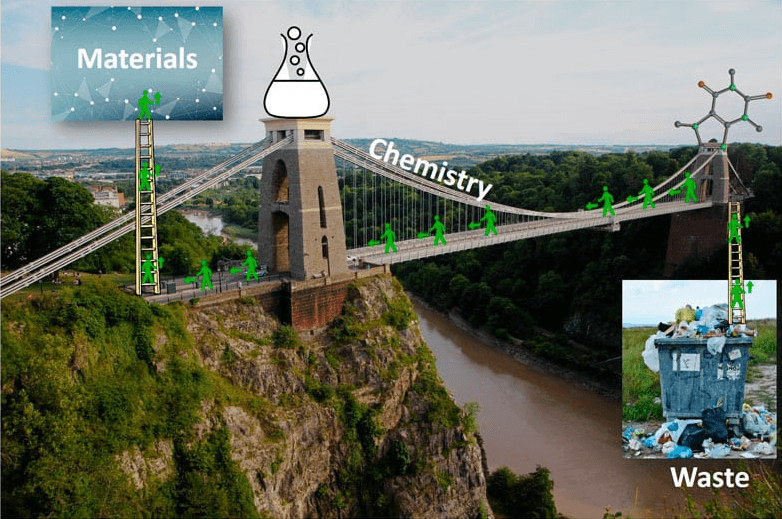Unlock Profitable Opportunities with Tartaric Acid in Food & Pharma
Tartaric Acid is a specialty chemical renowned for its versatility and essential role in both the food and pharmaceutical industries. This naturally occurring acid, with its distinctive tart flavor, is commonly used in food manufacturing for enhancing taste, regulating acidity, and acting as a leavening agent in bakery products. In pharmaceutical applications, its stability and buffering properties make it indispensable for formulation development. As surplus inventory, Tartaric Acid provides manufacturers with a valuable resource that might otherwise represent a costly surplus or potential waste.
Tartaric Acid Surplus Inventory for Food & Pharma Industries
The marketplace for surplus Tartaric Acid offers compelling benefits for businesses on both sides of the equation. Selling excess inventory allows companies to recover costs, free up critical storage space, and reduce the expenses and environmental impact associated with chemical disposal. Buyers, on the other hand, gain access to high-quality, cost-effective material that meets rigorous food and pharmaceutical standards. By engaging in surplus trading, companies not only achieve economic and operational efficiency but also contribute to sustainability by repurposing chemicals that might otherwise be discarded.
Tartaric Acid in the Food & Pharma Sectors
Buyers benefit by obtaining surplus Tartaric Acid at competitive prices, ensuring their production lines have access to a consistent, high-quality ingredient. Additionally, sourcing surplus chemicals supports sustainable practices and reduces the overall supply chain costs, making it an attractive procurement option.
Sellers can convert excess Tartaric Acid into a revenue stream, alleviate storage constraints, and avoid the high costs associated with proper chemical disposal. This turnaround from surplus to asset not only improves financial performance but also aligns with environmental and regulatory best practices.
Table of Contents
Success Story: Converting Surplus Tartaric Acid into Profit in Food & Pharma
A major food and pharmaceutical manufacturer faced a challenge with excess Tartaric Acid inventory that was nearing its expiry. Instead of incurring high disposal costs and losing valuable resources, the company decided to list its surplus stock on a specialized chemical trading platform. The initiative not only cleared significant storage space but also generated immediate revenue, which was reinvested to enhance production efficiency and quality control processes. This strategic move demonstrated that effective surplus management can turn potential waste into a lucrative asset, while also supporting sustainable business practices and regulatory compliance.




